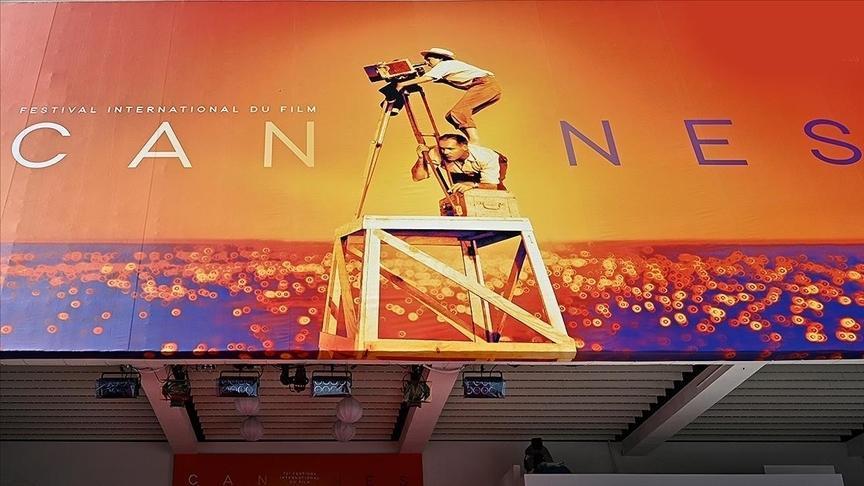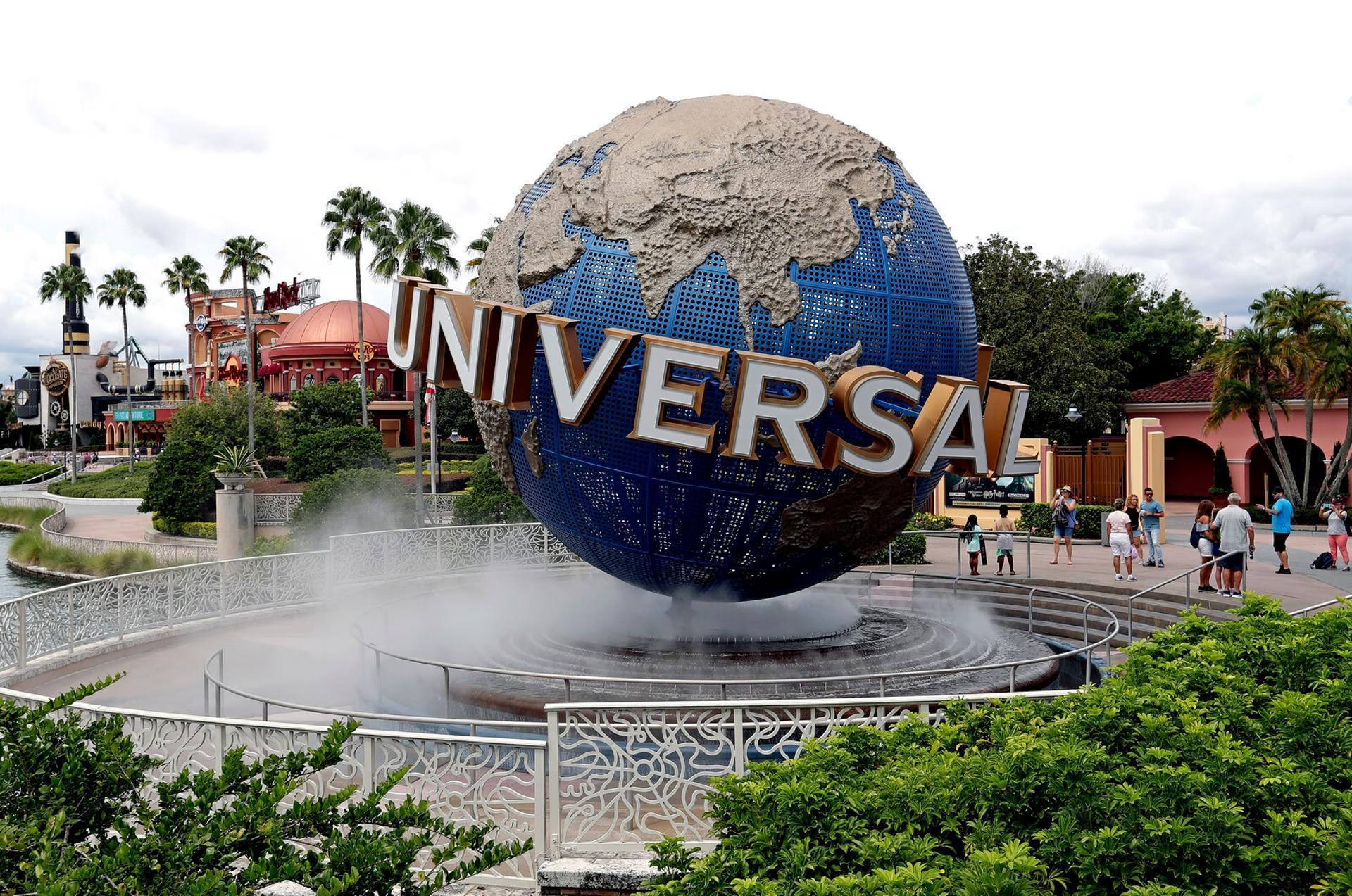The Atmeydanı as an Ottoman stadium
NIKI GAMM

The rectangular-shaped space was a good place to station Janissary troops within the city. It was not unusual to see them exercising their horses in the square, practicing archery and playing cirit.
“Forth from each stall, like missiles in a volley from so many great guns, rushed the six fours; and up the vast assemblage arose, electrified and irrepressible, and, leaping upon the benches, filled the Circus and the air above it with yells and screams. This was the time for which they had so patiently waited! - this the moment of supreme interest treasured up in talk and dreams since the proclamation of the games!” – excerpt from “Ben-Hur: A Tale of the Christ” (1880) by Lew Wallace.Six chariots drawn by four horses each were the focus of the Byzantine crowd’s attention in the Hippodrome (Atmeydani, or Horse Square) of yesteryear, brought to life in the 19th century by the imagination of Lew Wallace, who served as the United States minister to the Ottoman court from 1881 to 1885. When he finally saw the Hippodrome, he may have been terribly disappointed. “Ben-Hur: A Tale of the Christ” was published the year before Wallace’s ambassadorial appointment.
Fatih Sultan Mehmed found the square
Fatih Sultan Mehmed II would have already found the square in a sad shape in 1453. Anything of value had been carried off as loot by the Latin Crusaders when they conquered the city two centuries earlier.
Several of the columns still stood in the center of the racetrack and one can see from miniatures that the stands from which the spectators in Byzantine times watched the races still existed. However, the Byzantine emperors had abandoned their palace in this area and moved to the Blachernae Palace in the western walls, so many buildings were run down or in ruins.
The rectangular-shaped space (480 meters long and 117.5 meters wide, according to one estimate) was, however, a good place to station Janissary troops within the city, especially for the defense of the imperial palace on the other side of Hagia Sophia. It was not unusual to see them exercising their horses in the square, practicing archery and playing cirit (a kind of catch-me-if-you-can on horseback).
In the 16th century the magnificent İbrahim Paşa Sarayı (today’s Turkish and Islamic Art Museum) was built. The viewing stands were still extant until the Ottomans decided they would use them as construction material for new buildings.
Center for celebrations
There were a number of other mansions belonging to viziers along the sides of the square during this time, because it had become a matter of concern as to how much compensation had to be paid to their owners when Sultan Ahmed I decided to build his imperial mosque along the south side in the early 17th century. Some paintings and engravings by Western artists show an open area and the three monuments, remaining in the center from the Byzantine period, with a smattering of tents and people walking or riding around.
The Atmeydanı was also the scene of celebrations, such as for the circumcisions of the sultan’s sons and weddings. It was after all the only large space available in the whole of the historic peninsula where a large group of people could congregate. It has been noted that 13 big festivities were organized there between 1490 and 1648; later other areas of the city were chosen such as Okmeydanı for the 1720 circumcision festivities for the sons of Sultan Ahmed III.
‘Multitude of people and races’
The Hippodrome was also considered an area where people (presumably of the upper class) might go for a stroll. Illustrating this is the novel by Nicholas Mavrocordatos, who was the chief translator for the Ottoman Council of State before he was named “hospodar,” (or prince), of Moldavia and later Wallachia. In “Philotheou Parerga / The Leisures of Philotheos,” widely considered the first Greek novel, the main character walks with friends in the square, described as being filled with “a curious multitude of people and races.”
The Atmeydanı was also the scene of frequent revolts by the Janissary troops, the first one occurring in 1449 and the last (which resulted in the disbanding of the entire corps) in 1826. Thus the square remained for years until the reform movement began to make serious efforts to westernize Istanbul in the mid-19th century.
















